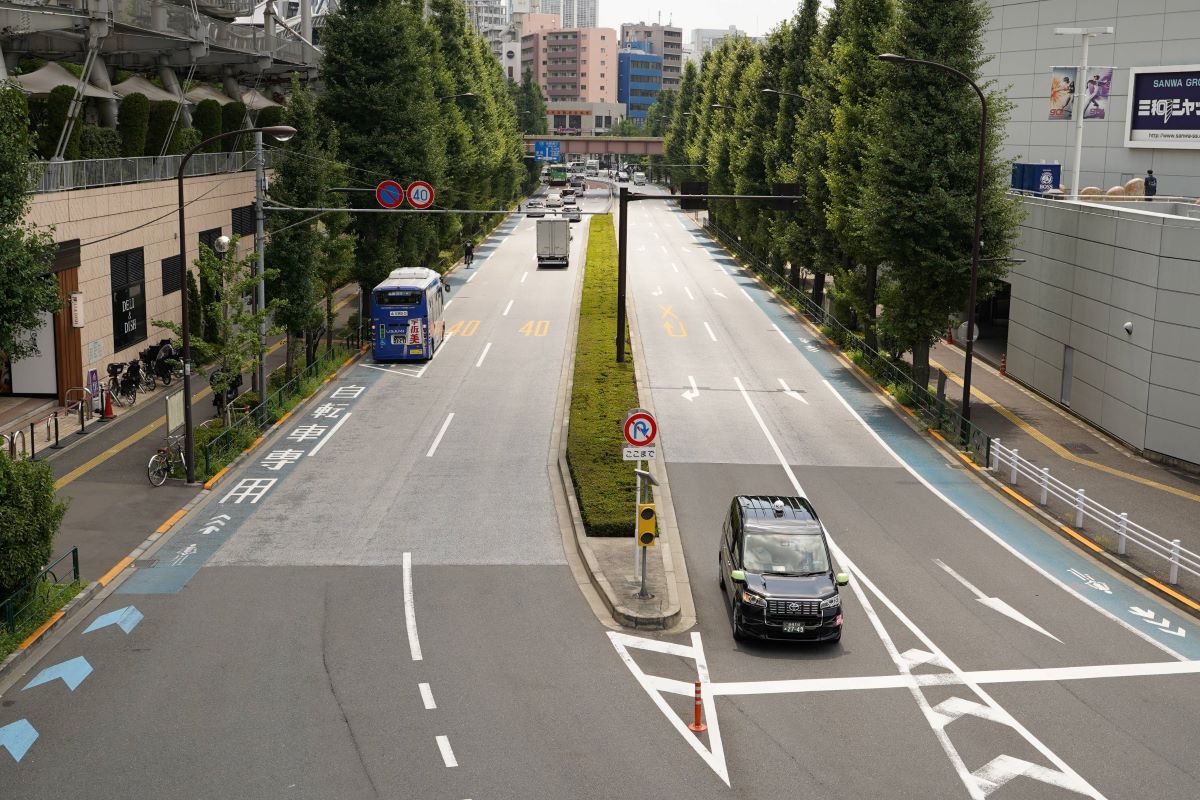
日本を英語で伝える
Tokyo Introduces Cool Pavements to Combat Heat Island Effect
夏の暑さは年々増し、予想を超える酷暑の日々が続きます。特にビルなどが建ち並ぶ都市部ではヒートアイランド現象が顕著になり、昼夜関係なく熱中症などの健康被害も心配です。東京都では新たな施策で温度上昇を抑えるように努めているようです。

1.Article
Directions: Read the following article aloud.
※本ページは出典ニュース記事を要約した英文です。
These two types of pavements are part of the city's measures to address the heat island effect. TMG began laying them in 2005 mainly in Tokyo's "center core area," or the area inside the Metropolitan Expressway Central Circular Route. The cost of the pavements runs about 30% higher than conventional road cover. But they can reportedly suppress rises in road surface temperature by up to 8 to 10 degrees Celsius.
Here is how they work. The reflective pavement reflects the infrared rays that contribute to the rise in road surface temperatures. The water retaining pavement also suppresses temperature rise. It does so through the evaporation of water retained in the asphalt, resulting in the loss of heat of vaporization. The white pavement also looks cooler compared to conventional pavement.
Statistics from the Tokyo Fire Department show that road surface temperature is a problem for the city. Between May and September 2023, the most common locations for heatstroke-related emergency transports were residences at 39%, followed by roads at 24%. This rate exceeds the national average of about 17% of emergency transports from roads, pointing to the critical need for countermeasures in the city.
A metropolitan official commented, "Although immediate effects from the pavements are not expected, we are doing everything we can within the limited measures available to reduce the occurrence of heatstroke."
本教材は、一般社団法人ジャパンフォワード推進機構、株式会社産経デジタルより許諾を得て、産経ヒューマンラーニング株式会社が編集しています。
テキストの無断転載・無断使用を固く禁じます 。